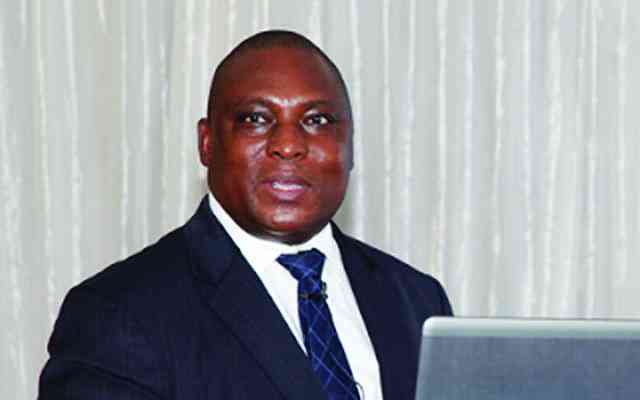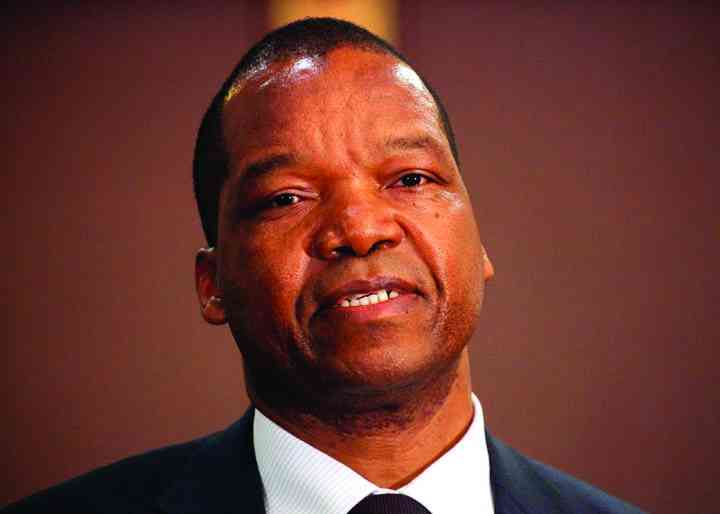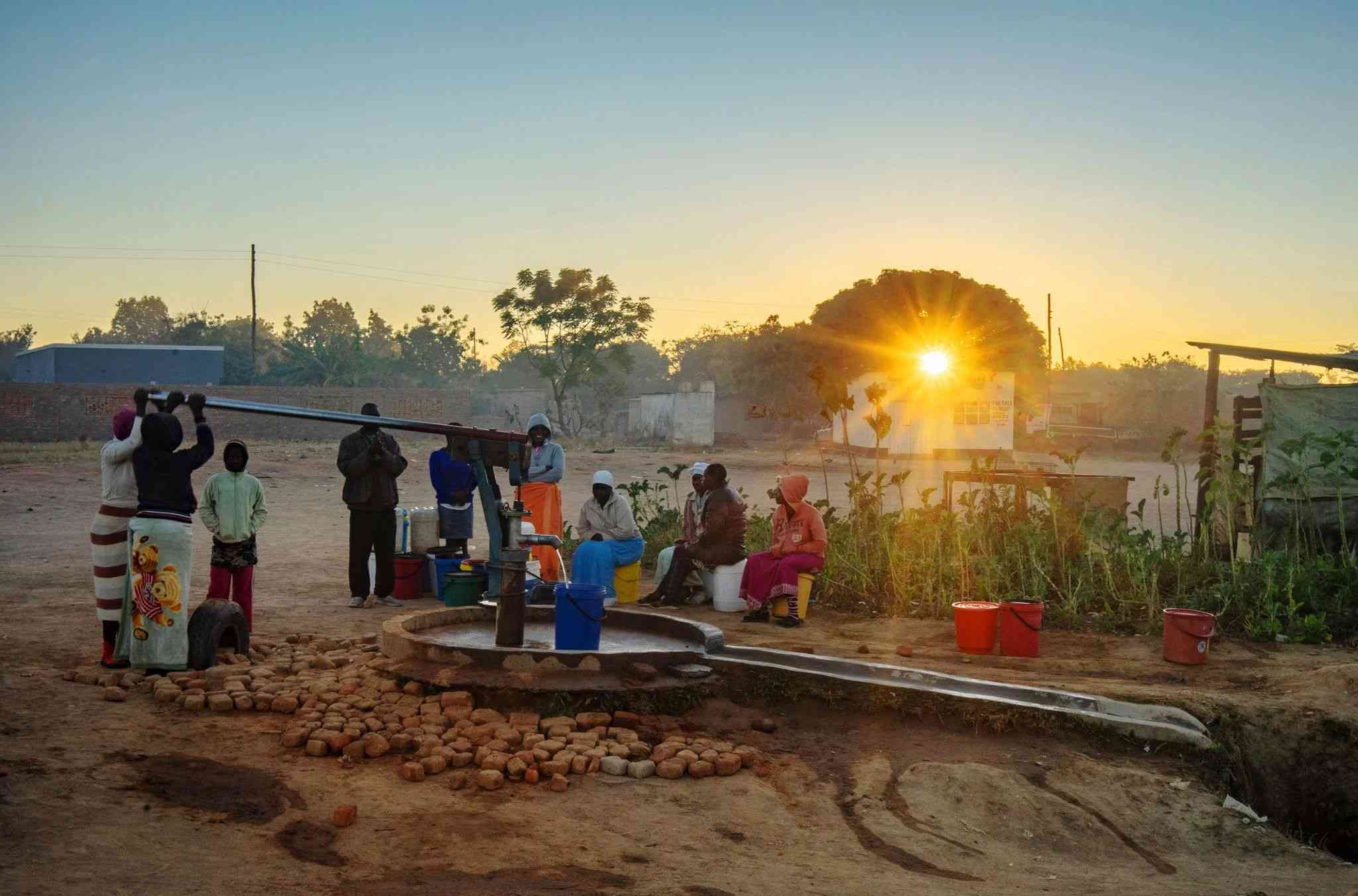
ECONOMISTS have voiced their concerns about the government's gradual rollout of the Zimbabwe Gold (ZiG) currency, warning that the slow release is stifling economic growth.
Despite the local unit's stability since its introduction in April, the tight money supply by the central bank has resulted in a liquidity crisis. Finance, Economic Development, and Investment Promotion deputy minister David Mnangagwa, recently acknowledged that the ZiG was being slowly released into the market.
However, recent data from the Zimbabwe National Statistics Agency showed a stable inflation rate of 0,0% in June 2024, up from -2,4% in May 2024.
The Zimbabwe Consumer Price Index remained unchanged on average between May and June 2024, indicating minimal price fluctuations during this period.
The Reserve Bank of Zimbabwe (RBZ) disclosed end of April that a total of ZiG80 million was in circulation (about US$5,8 million at this week’s exchange rate).
“We have experienced currency mismanagement before. Currency is like energy to the economy and once you begin to see limited access to this energy, the economy stops growing,” economist Vince Musewe told businessdigest this week.
“The stability we see now is because of limited liquidity. Opening the taps will test that stability.”
Another economist Prosper Chitambara noted that the country needed to work on improving its foreign currency reserves to sustain the current stability.
- RBZ blocks Harare US dollar charges
- Thousands flee economic mess
- Disband RBZ: Hanke
- Industry cries foul over new export surrender requirements
Keep Reading
“We need to continue to build our reserves but currently the levels, in my view, are not optimal,” he said.
“We need to develop at least three months of import cover, which amounts to about US$2,2 billion in terms of foreign exchange reserves.
“When we look at neighbouring countries - Zambia and Botswana - they are averaging about US$5 billion foreign exchange reserves. South Africa is around US$62 billion in terms of foreign exchange reserves.
“So, I think that it will be critical to work on our reserves, and to ensure that there is low and stable inflation. That way, we can sustain and ensure that there is low and stable inflation,” Chitambara said.
He noted that the tight monetary policy complemented by the current fiscal policies had managed to temporarily stabilise the economy.
“Several factors have contributed to the current stability of ZiG. I think it is largely, the tight liquidity conditions, the tight monetary policy stance, and complemented by fiscal policy,” Chitambara said.
“There has also been a clampdown on parallel market activities. I think that has also contributed to the stability.”
Economic analyst Victor Bhoroma urged the government to address issues around the efficiency of the foreign exchange market, money printing through quasi-fiscal operations, and budget overruns which have affected the economy in prior years.
“The sustainability of a currency of any country is mainly dependent on the economic performance or economic stability," he noted.
“Some of the problematic areas that we had in the past include the efficiency of the foreign exchange market system, money printing through quasi-fiscal operations, and lastly budget overrun, which would cause fiscal deficit or parallel funding from the central bank.
“So now the sustainability of ZiG is dependent on how soon the government addresses those issues in the short to medium term so that they do not end up abusing the RBZ overdraft facility or have parallel funding through the central bank.”
Bhoroma further stated that: “If you look at other countries, the government engages in borrowing if there are budget overruns or if there is a budget deficit.
“The government would go on the market to borrow as opposed to our case where there has been money printing in various forms.
“The major difference there has to do with quasi-fiscal operations and the funding of fiscal deficits by the central bank,” he added.
The southern African country dumped the Zimbabwe dollar in April this year after it lost more than 70% of its value against the greenback. It was its fourth attempt at currency reform in a decade.
Referring to the central bank's commitment not to print money to finance government spending, which drove previous currency collapses, Reserve Bank of Zimbabwe governor John Mushayavanhu said this week in an interview with Reuters: “Confidence can only come with us walking the talk”.
He said the government had a plan until 2030 to increase use of the ZiG and build up gold and foreign exchange reserves, which stood at US$285 million when the currency was launched and now exceed US$380 million.
“We want to gradually tilt that ratio to 70:30 by year-end or 60:40 thereafter, until we get to a situation where everybody is indifferent as to which currency they are using. This is the roadmap,” Mushayavanhu said, referring to the current 80:20 ratio of USD use.










